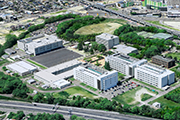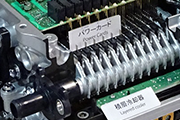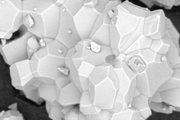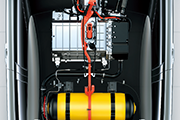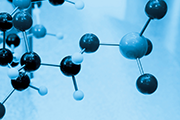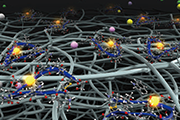Highly Efficient CO2 Electrolysis Using Abundant Resources
A study conducted by Teppei Nishi et al. was published in the ChemSusChem.
CO2 electrolysis has been extensively studied as a means of achieving a carbon-neutral society. Although high solar-to-CO or organic compounds conversion efficiencies usually require precious metal catalysts and solar cells containing rare elements, industrial applications demand cost-effective alternatives.
In this study, a solar-to-CO conversion efficiency of over 10% was achieved using a cost-effective system with Si solar cells, consisting of a Mn complex as the CO2 reduction catalyst, an Fe-Ni compound as the water oxidation catalyst, and a single-compartment glass bottle reactor. A key factor enabling the high solar-to-CO conversion efficiency in this system is the lower overpotential for CO2 reduction on the Mn complex in the single-compartment reactor, made possible by the oxygen tolerance of the Mn complex. This system utilizes the abundant resource of Mn and is expected to contribute to the further dissemination of technologies for converting CO2 into useful organic compounds.
Title: CO2-to-CO Conversion with Over 10 % Efficiency Using Earth Abundant System in a Single-compartment Reactor with Oxygen Tolerant Mn Complex Catalyst
Authors: Nishi, T., Sakamoto, N., Sekizawa, K., Morikawa, T., Sato, S.
Journal Name: ChemSusChem
Published: July 17, 2024
https://doi.org/10.1002/cssc.202401082





















